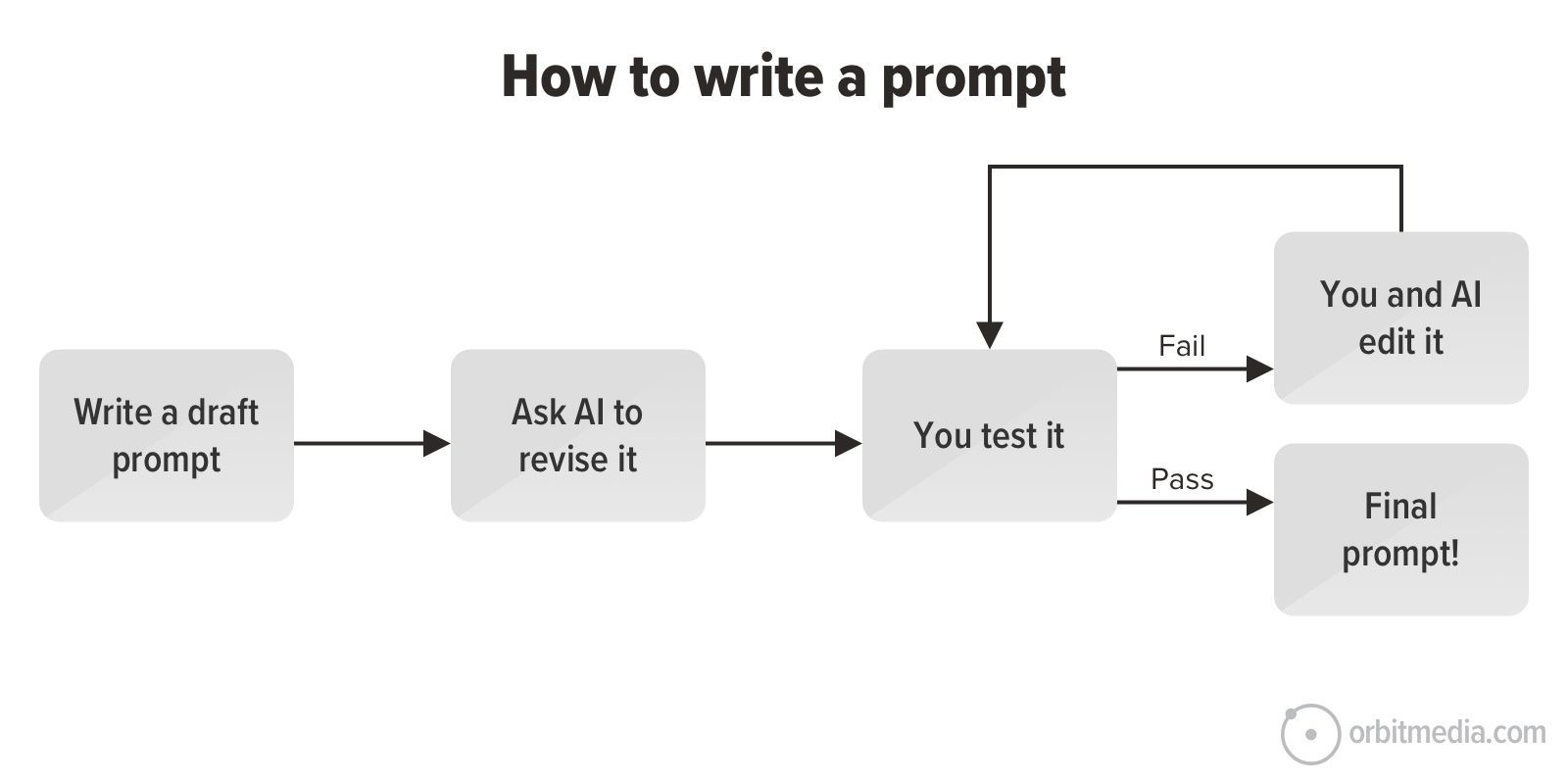6 ways effective leaders think like astronauts
I’ve served the NASA space program for many years as an adviser, research scientist, flight surgeon—and astronaut. My career has encompassed both in-flight and non-flight contributions to NASA, supporting space missions, space medicine, and research in advancing human space flight. Space exploration encompasses a fair amount of uncertainty by nature. The space program’s early days were fraught with a number of crew losses, including the Apollo 1 mission, and the Challenger and Columbia space shuttle missions. The challenges of space flight were on full display during the Apollo 13 crew’s near-disastrous mission on the way to the moon in 1970. We all know those infamous words: “Houston, we have a problem.” But the determination of a mission control team led by flight director Gene Kranz—marked by the phrase “failure is not an option”—ended in a successful mission. Anyone, though, can pick up smart leadership lessons from space travel, even if you’re not headed to the moon yourself. Here’s how the best leaders think like astronauts. Recognize The Power of Vision Every great leader starts with a vision. Whether you are leading a company, a team, or a personal endeavor, the ability to see beyond present circumstances and chart a course for the future is what separates extraordinary leaders from the rest. When I first dreamed of becoming an astronaut, I had no road map. The road ahead was full of uncertainty, doubts, and obstacles. After determining that doctors were needed in the space program, my pathway was set. My goal was to become a physician with the knowledge and skills to work in space. But I learned early on that it’s not about having all the answers—it’s about having the courage to pursue a vision, adapt to challenges, and inspire others along the way. In business, just as in space exploration, those who succeed are the ones who remain focused on their mission despite adversity. Turn the Vision into a Mission The mark of a good leader is their ability to transform the vision into tangible goals and objectives for the mission. We accomplish this at NASA through extensive training and mission preparation. The flight crew and mission support team dedicate countless hours to training in simulators and facilities, preparing for every scenario, whether it’s smooth sailing or unforeseen challenges. They focus on identifying the critical factors for success, then conduct “nominal” training for ideal outcomes and “off-nominal” training to tackle potential setbacks. We have a saying in the Astronaut Corps: “Fly as you train.” Training reflects conditions similar to those of the mission so we’re best prepared for the unexpected. Once those conditions are clear, we set high expectations to drive high performance. People and organizations can achieve amazing things when they know what’s expected of them. The most successful leaders embrace challenges, set high expectations, remain adaptable, and focus on the greater impact of their work. Let High Expectations Drive High Performance Leaders who expect mediocrity will get just that, while those who challenge their teams to push beyond limits foster excellence. On my second flight, STS–63 in February 1995, we had multiple challenges. During my spacewalk, my fellow crew member and I experienced unexpected extreme temperatures of -165°F at orbital night and +200°F during the day, which exceeded the temperature capability of the space suit. There were other malfunctions on the mission, like issues with critical equipment on the spacecraft that almost canceled our rendezvous with the Russian space station. NASA’s training program assumes that astronauts must be prepared for the unknown. The same principle applies in business. Leaders must prepare their teams for challenges that may not yet exist, setting expectations that encourage innovation, accountability, and excellence. If you want to see growth in your organization, ask yourself: Are you setting high-enough expectations? Are you fostering a culture where your team is encouraged to reach beyond what they believe is possible? Success is often the result of leaders who challenge their teams to think bigger, work harder, and embrace bold ideas. Buckle into Resilience in Challenging Times One of the most valuable leadership lessons is understanding that failure is not the enemy—complacency is. Some of the best business leaders I have met share one trait: they’re not afraid of failing. They see failure as feedback, as a necessary component of growth. I also had moments of uncertainty during my first flight—STS-55 in April 1993. As we were about to launch, one of the three main engines of the Space Shuttle Columbia failed 2.5 seconds before liftoff. Fortunately, the safety system worked, cutting the fuel to the engine while simultaneously putting out the ensuing fire. This event certainly got my attention, as we say when things don’t go well. I’m lucky to be here tod

I’ve served the NASA space program for many years as an adviser, research scientist, flight surgeon—and astronaut. My career has encompassed both in-flight and non-flight contributions to NASA, supporting space missions, space medicine, and research in advancing human space flight.
Space exploration encompasses a fair amount of uncertainty by nature. The space program’s early days were fraught with a number of crew losses, including the Apollo 1 mission, and the Challenger and Columbia space shuttle missions. The challenges of space flight were on full display during the Apollo 13 crew’s near-disastrous mission on the way to the moon in 1970. We all know those infamous words: “Houston, we have a problem.” But the determination of a mission control team led by flight director Gene Kranz—marked by the phrase “failure is not an option”—ended in a successful mission.
Anyone, though, can pick up smart leadership lessons from space travel, even if you’re not headed to the moon yourself. Here’s how the best leaders think like astronauts.
Recognize The Power of Vision
Every great leader starts with a vision. Whether you are leading a company, a team, or a personal endeavor, the ability to see beyond present circumstances and chart a course for the future is what separates extraordinary leaders from the rest.
When I first dreamed of becoming an astronaut, I had no road map. The road ahead was full of uncertainty, doubts, and obstacles. After determining that doctors were needed in the space program, my pathway was set. My goal was to become a physician with the knowledge and skills to work in space. But I learned early on that it’s not about having all the answers—it’s about having the courage to pursue a vision, adapt to challenges, and inspire others along the way. In business, just as in space exploration, those who succeed are the ones who remain focused on their mission despite adversity.
Turn the Vision into a Mission
The mark of a good leader is their ability to transform the vision into tangible goals and objectives for the mission. We accomplish this at NASA through extensive training and mission preparation. The flight crew and mission support team dedicate countless hours to training in simulators and facilities, preparing for every scenario, whether it’s smooth sailing or unforeseen challenges. They focus on identifying the critical factors for success, then conduct “nominal” training for ideal outcomes and “off-nominal” training to tackle potential setbacks.
We have a saying in the Astronaut Corps: “Fly as you train.” Training reflects conditions similar to those of the mission so we’re best prepared for the unexpected. Once those conditions are clear, we set high expectations to drive high performance.
People and organizations can achieve amazing things when they know what’s expected of them. The most successful leaders embrace challenges, set high expectations, remain adaptable, and focus on the greater impact of their work.
Let High Expectations Drive High Performance
Leaders who expect mediocrity will get just that, while those who challenge their teams to push beyond limits foster excellence.
On my second flight, STS–63 in February 1995, we had multiple challenges. During my spacewalk, my fellow crew member and I experienced unexpected extreme temperatures of -165°F at orbital night and +200°F during the day, which exceeded the temperature capability of the space suit. There were other malfunctions on the mission, like issues with critical equipment on the spacecraft that almost canceled our rendezvous with the Russian space station.
NASA’s training program assumes that astronauts must be prepared for the unknown. The same principle applies in business. Leaders must prepare their teams for challenges that may not yet exist, setting expectations that encourage innovation, accountability, and excellence.
If you want to see growth in your organization, ask yourself: Are you setting high-enough expectations? Are you fostering a culture where your team is encouraged to reach beyond what they believe is possible? Success is often the result of leaders who challenge their teams to think bigger, work harder, and embrace bold ideas.
Buckle into Resilience in Challenging Times
One of the most valuable leadership lessons is understanding that failure is not the enemy—complacency is. Some of the best business leaders I have met share one trait: they’re not afraid of failing. They see failure as feedback, as a necessary component of growth.
I also had moments of uncertainty during my first flight—STS-55 in April 1993. As we were about to launch, one of the three main engines of the Space Shuttle Columbia failed 2.5 seconds before liftoff. Fortunately, the safety system worked, cutting the fuel to the engine while simultaneously putting out the ensuing fire. This event certainly got my attention, as we say when things don’t go well. I’m lucky to be here today.
During my astronaut training and missions, I faced countless setbacks. Physical demands of endless hours of spacewalk training underwater in the neutral buoyancy facility pushed me to my limits, technical challenges of microgravity simulation forced me to rethink strategies, and high-stakes flight simulations that exposed weaknesses I needed to improve. Had I let failure define me, rather than energize me, I would never have made it to space.
Resilience is just as crucial for leadership in life and business. Markets change, competitors arise, and setbacks occur. The best leaders are those who are resilient and thrive to adapt, learn, and continue forward with an unwavering commitment to their goals.
Maintain Confidence in the Face of Adversity
Great leaders possess both confidence and humility. Confidence allows you to make bold decisions, take risks, and lead with conviction. But humility ensures that you remain open to new ideas, feedback, and growth.
In my career at NASA, in venture capital, and as an entrepreneur, I’ve worked with some of the most brilliant minds in science, engineering, and business. The leaders who stand out are those who strongly believe in their abilities yet understand they don’t have all the answers. They surround themselves with talented individuals, listen more than they speak, and remain adaptable in the face of change.
In your leadership journey, have the confidence to make difficult decisions and the humility to recognize that leadership is a lifelong learning process.
Build a Legacy of Impact
After my time at NASA, I joined SpaceHab as an SVP and chief medical officer, contributing to one of the pioneering companies in commercial spaceflight. In 2002, I founded a venture capital firm focused on telemedicine and healthcare technologies. Later, I founded the Harris Foundation and Institute, which has been involved in math and science education for over 25 years.
Leadership is not just about personal success—it’s about the impact you leave behind. For business leaders, this means looking beyond profit margins and quarterly results. It means fostering a culture where employees feel valued, innovation thrives, and measuring success by long-term impact rather than short-term gains.
Ask yourself: How do you envision the legacy you wish to leave as a leader? Are you investing in people? Are you creating a vision that extends beyond yourself?
Leadership lessons from space
Leadership is a journey of vision, mission, expectation, resilience, and confidence. The most successful leaders embrace challenges, set high expectations, remain adaptable, and focus on the greater impact of their work. As you lead your organization, your team, or even your own personal ambitions, remember that the key to success lies not in avoiding obstacles and uncertainty, but in using them as stepping stones to greater achievements.









































































































![Building A Digital PR Strategy: 10 Essential Steps for Beginners [With Examples]](https://buzzsumo.com/wp-content/uploads/2023/09/Building-A-Digital-PR-Strategy-10-Essential-Steps-for-Beginners-With-Examples-bblog-masthead.jpg)















![How to Use GA4 to Track Social Media Traffic: 6 Questions, Answers and Insights [VIDEO]](https://www.orbitmedia.com/wp-content/uploads/2023/06/ab-testing.png)


































